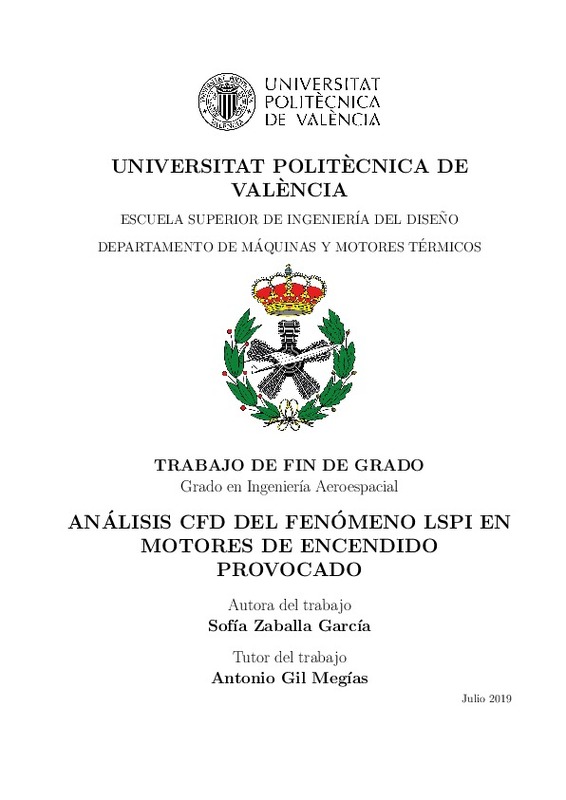JavaScript is disabled for your browser. Some features of this site may not work without it.
Buscar en RiuNet
Listar
Mi cuenta
Estadísticas
Ayuda RiuNet
Admin. UPV
Análisis CFD del fenómeno LSPI en motores de encendido provocado
Mostrar el registro completo del ítem
Zaballa García, S. (2019). Análisis CFD del fenómeno LSPI en motores de encendido provocado. Universitat Politècnica de València. http://hdl.handle.net/10251/126122
Por favor, use este identificador para citar o enlazar este ítem: http://hdl.handle.net/10251/126122
Ficheros en el ítem
Metadatos del ítem
| Título: | Análisis CFD del fenómeno LSPI en motores de encendido provocado | |||
| Autor: | Zaballa García, Sofía | |||
| Director(es): | ||||
| Entidad UPV: |
|
|||
| Fecha acto/lectura: |
|
|||
| Resumen: |
[EN] Study of certain variables to obtain a tendency of how they affect the Low Speed Pre-Ignition (LSPI) phenomenon, conducted by computational calculation (CFD) with STAR-CCM+ software. A simple domain, which represents ...[+]
[ES] Estudio paramétrico de ciertas variables para obtener una tendencia de cómo influyen en el fenómeno de pre-encendido a baja velocidad (LSPI), realizado mediante cálculo computacional (CFD) con el software STAR-CCM+. ...[+]
|
|||
| Palabras clave: |
|
|||
| Derechos de uso: | Reserva de todos los derechos | |||
| Editorial: |
|
|||
| Titulación: |
|
|||
| Tipo: |
|
recommendations
Este ítem aparece en la(s) siguiente(s) colección(ones)
-
ETSID - Trabajos académicos [8898]
Escuela Técnica Superior de Ingeniería del Diseño







